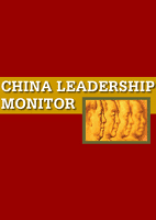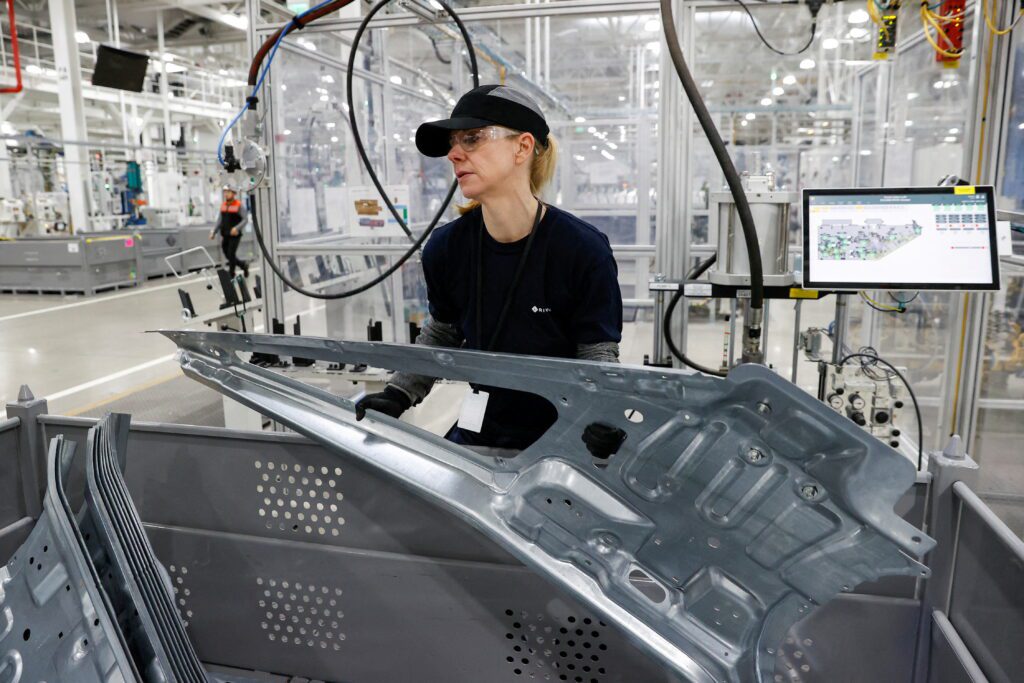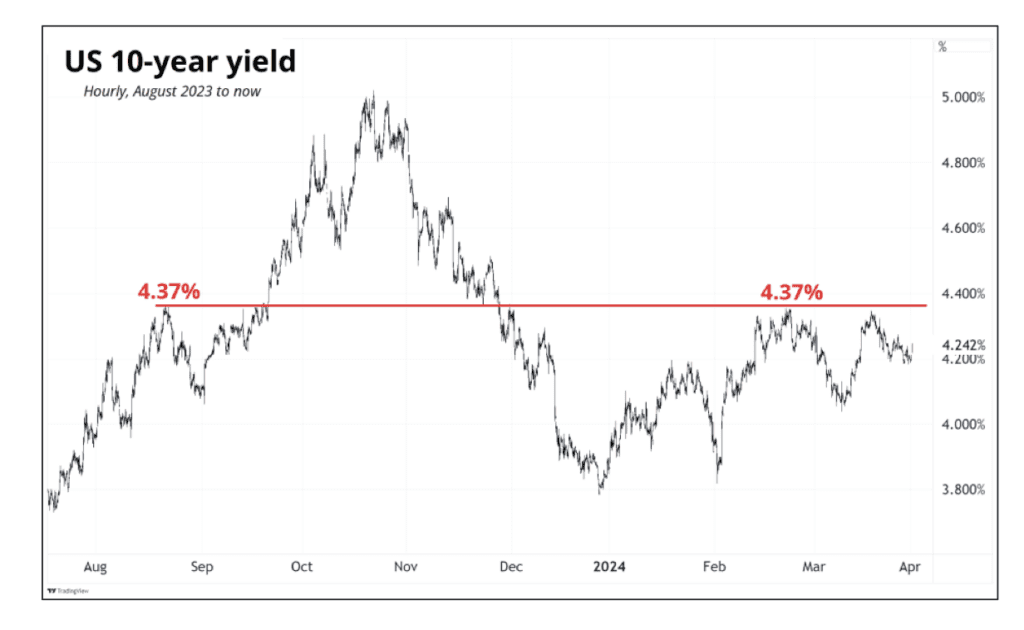This piece was originally published by China Leadership Monitor.
Dual circulation may sound like a buzzword without much relevance, but it is not. It actually enshrines China’s long-standing ambition to become self-sufficient. Such an ambition was made known to the world in 2015 after the launch of China’s industrial policy masterplan, Made in China 2025, even though the world at the time was still in full engagement with China. Since Trump’s push for a trade and technology war against China, the Chinese leadership has been relying on a dual circulation strategy to support China’s growth. This basically means insulating the domestic market from the rest of the world by eliminating any bottlenecks, whether in terms of natural resources or technology, so as to vertically integrate its production and achieve self-reliance served by China’s huge domestic market. A relevant consequence for the world, though, is that China will no longer need to import high-end inputs, with obvious negative consequences for major exporters of technology, such as Germany, Japan, South Korea, and the U.S. As if this were not enough, the second aspect of dual circulation, boosting external demand, in a context of Western containment, will increase the importance of the Belt and Road Initiative (BRI) to ensure open markets in the emerging world. In essence, dual circulation is part of China’s masterplan to become self-reliant in terms of resources and technology but also in terms of demand through its huge market as well as through third markets available through the BRI.







